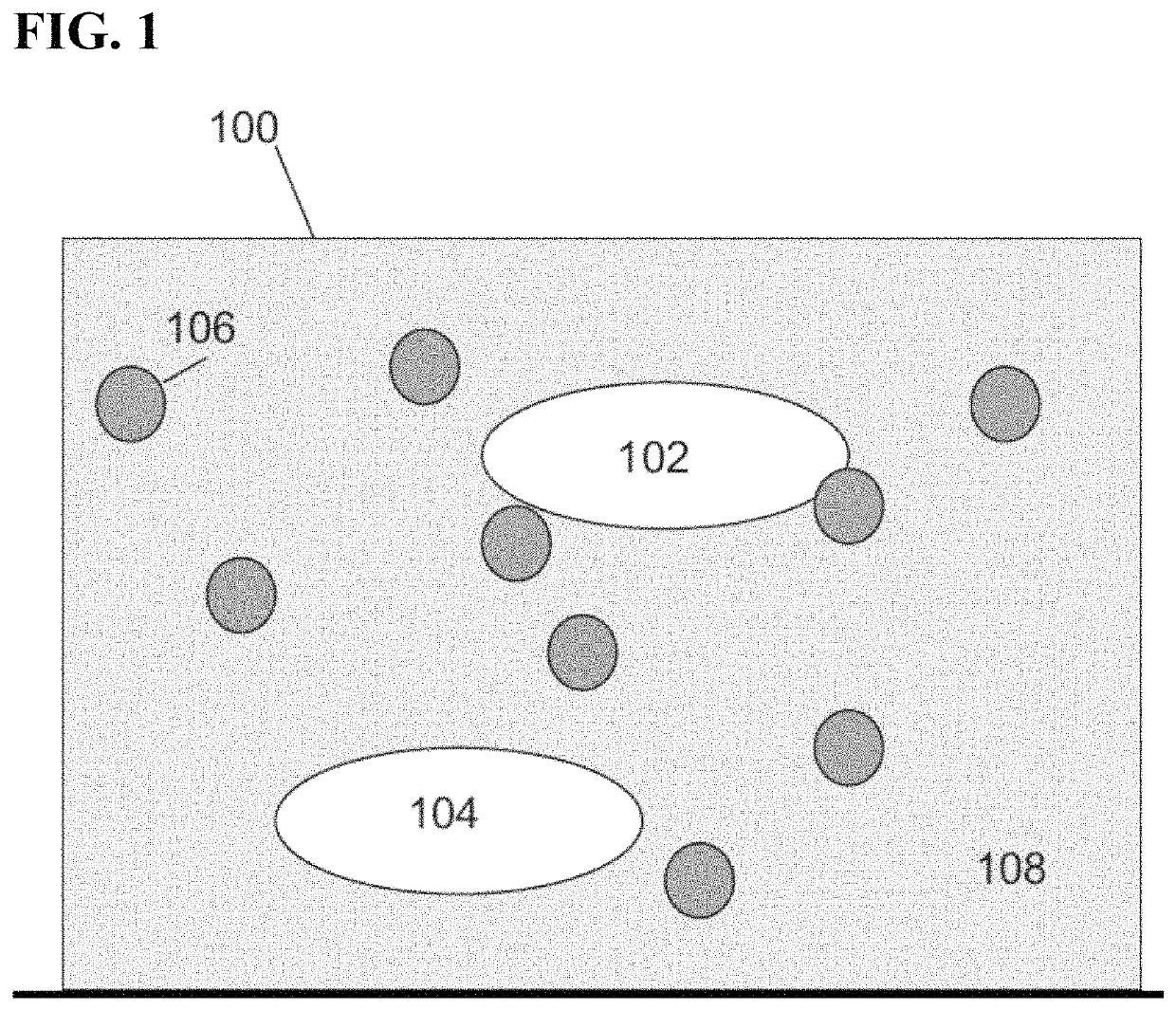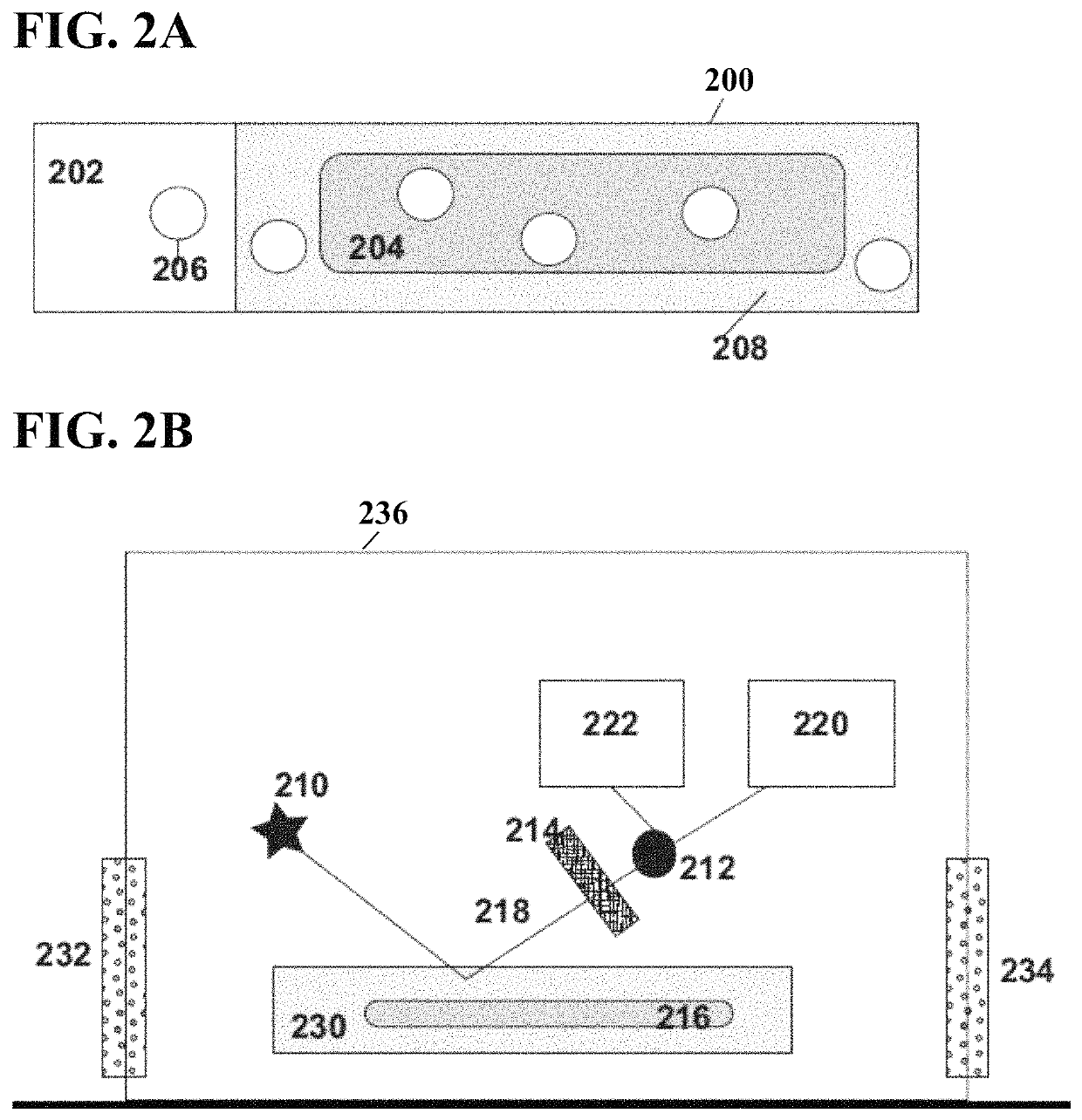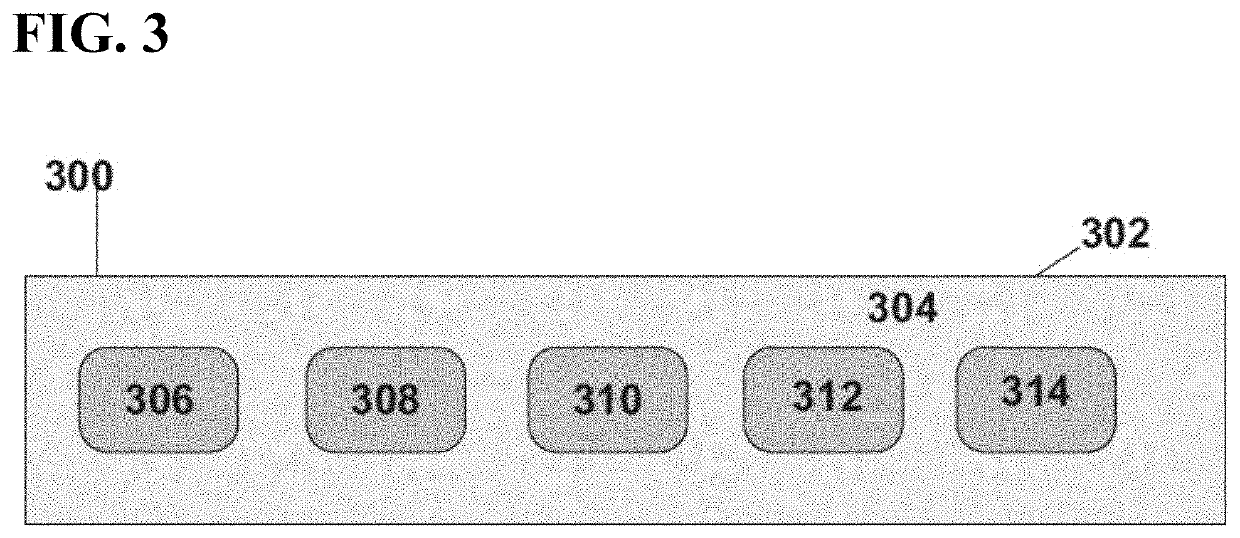Molecularly imprinted polymer-based passive sensor
a technology of molecular imprinting and passive sensors, applied in the field of systems and methods for passive sensors, can solve the problems of ineffectiveness and financial costs, serious safety concerns, and inability to realize real-time availability of sensors, and achieve the effect of improving the accuracy of measurement results
- Summary
- Abstract
- Description
- Claims
- Application Information
AI Technical Summary
Benefits of technology
Problems solved by technology
Method used
Image
Examples
Embodiment Construction
[0018]Systems and methods are described for molecularly imprinted polymer-based sensors. In certain embodiments, the tools and procedures may be used in conjunction with detection of microbial volatile organic compounds (mVOCs). The examples described herein relate to mold detection for illustrative purposes only. The systems and methods described herein may be used for many different industries and purposes, including detection of any microbial growth, detection of various volatile organic compounds, detection of other classes of molecules, and / or other industries completely. In particular, the systems and methods may be used for any industry or purpose where molecularly imprinted polymer-based sensors are needed.
Molecularly Imprinted Polymer (MIP) Films and Sensors
[0019]Embodiments described herein may provide systems and methods for producing MIPs. The polymer of a MIP may contain one or more binding sites for one or more target molecules. Without being bound by any particular th...
PUM
| Property | Measurement | Unit |
|---|---|---|
| molar ratio | aaaaa | aaaaa |
| thickness | aaaaa | aaaaa |
| thickness | aaaaa | aaaaa |
Abstract
Description
Claims
Application Information
 Login to View More
Login to View More - R&D
- Intellectual Property
- Life Sciences
- Materials
- Tech Scout
- Unparalleled Data Quality
- Higher Quality Content
- 60% Fewer Hallucinations
Browse by: Latest US Patents, China's latest patents, Technical Efficacy Thesaurus, Application Domain, Technology Topic, Popular Technical Reports.
© 2025 PatSnap. All rights reserved.Legal|Privacy policy|Modern Slavery Act Transparency Statement|Sitemap|About US| Contact US: help@patsnap.com



